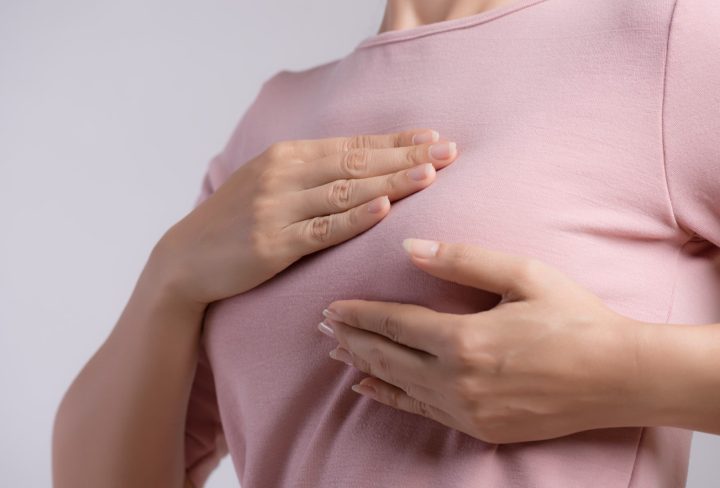Breast cancer is a prevalent health concern affecting countless lives around the world. While advancements in medical technology and treatments have improved outcomes, early detection remains a pivotal factor in successful treatment. In this blog, we’ll explore the warning signs of breast cancer, empowering you with the knowledge to identify potential symptoms and take proactive steps towards your breast health.
1. Changes in Breast Size, Shape, or Texture:
Any noticeable changes in the size, shape, or texture of your breast can be a warning sign. These changes might include swelling, redness, dimpling, or puckering of the skin. These alterations can occur due to underlying changes in the breast tissue, indicating the need for further investigation.
2. New Lump or Mass:
The discovery of a new lump or mass in the breast or underarm area can be a concerning sign. While not all lumps are cancerous, it’s crucial to have any new or unusual growths examined by a healthcare professional. Keep in mind that some women have naturally lumpy breast tissue, so it’s important to recognize changes in consistency.
3. Nipple Changes:
Pay attention to any changes in the nipples, such as inverted nipples (nipples that suddenly turn inward), discharge other than breast milk, or unexplained pain. These changes might indicate an underlying issue that requires medical attention.
4. Skin Changes on the Breast:
Changes in the appearance of the skin over the breast can be indicative of breast cancer. Look for redness, rash, or pitting, which can resemble the texture of an orange peel. Such changes can result from the presence of cancer cells blocking lymph vessels beneath the skin.
5. Unexplained Pain:
While breast cancer is not commonly associated with pain, some individuals do experience discomfort or pain in the breast that doesn’t have an obvious cause. If you’re experiencing persistent, unexplained pain, it’s recommended to consult a healthcare provider.
6. Swelling or Lump in the Underarm:
Lumps or swelling in the underarm area could indicate the spread of cancerous cells to the lymph nodes. If you notice any such changes, especially in combination with other symptoms, seek medical evaluation promptly.
7. Changes in Breast Appearance During Self-Exams:
Regular breast self-exams are a valuable tool for early detection. If you observe any of the warning signs mentioned above during your self-exam, it’s essential to consult a healthcare professional for a thorough evaluation.
Remember: Early Detection Matters
Early detection of breast cancer significantly improves treatment outcomes and survival rates. If you notice any of these warning signs or experience changes in your breast health, don’t hesitate to reach out to a healthcare provider. Regular clinical breast exams and mammograms are crucial components of early detection, particularly for women over the age of 40 or those with a family history of breast cancer.
Empower yourself with knowledge and take proactive steps towards your breast health. By being vigilant and seeking medical attention when needed, you play an active role in your well-being and contribute to the fight against breast cancer.

